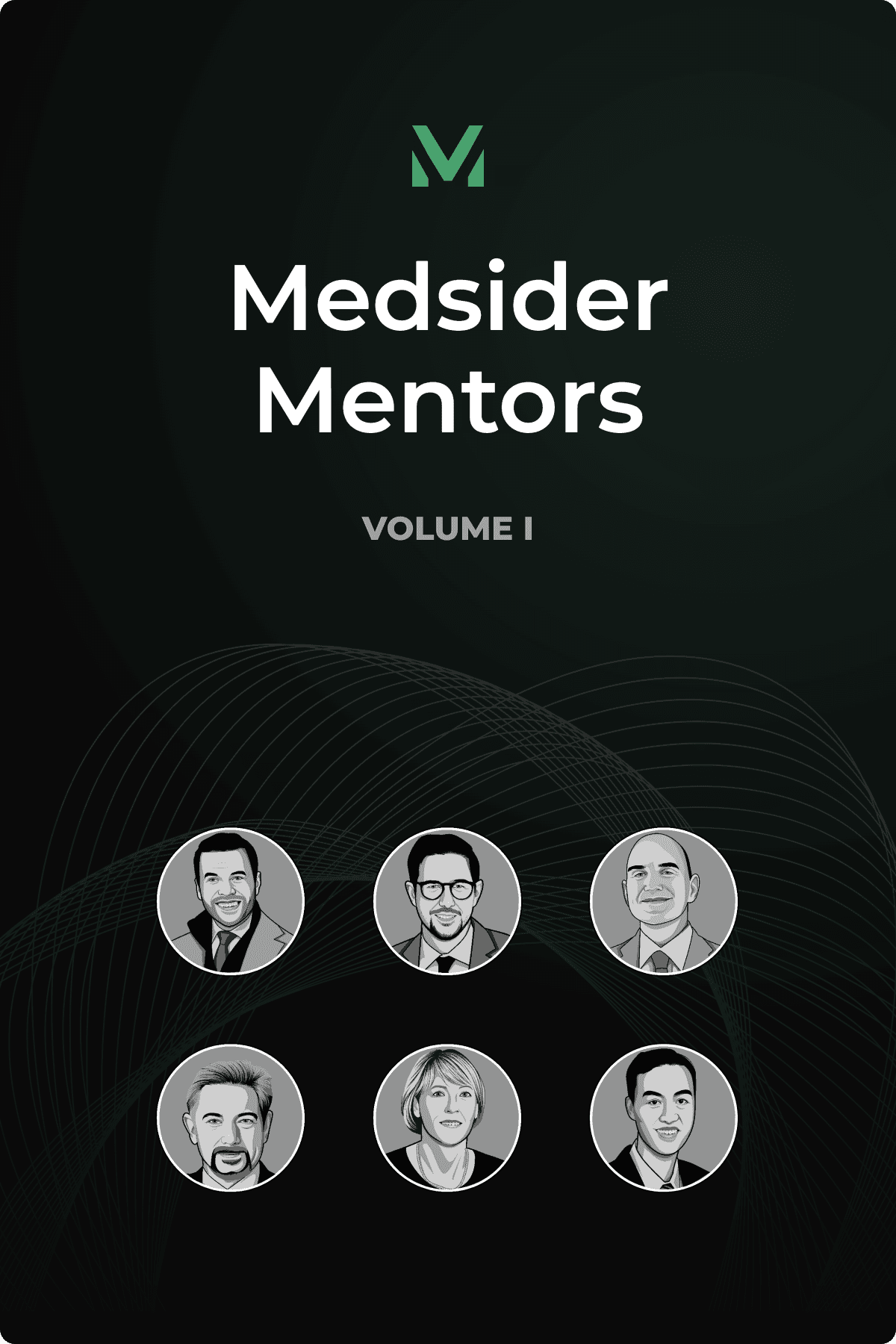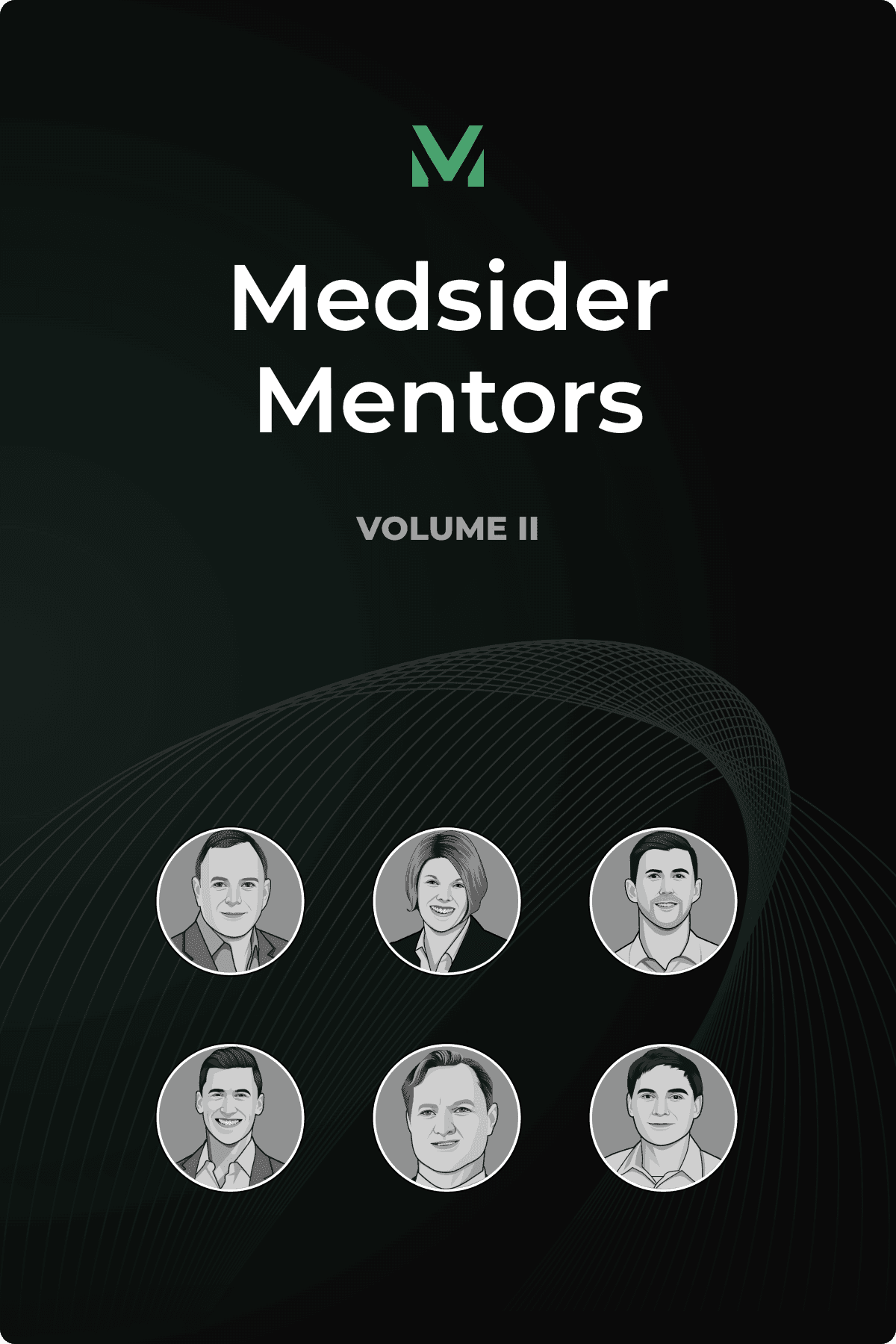Use the ‘Arm Hair Test’ as Your Medtech Compass
Interview with Voyager Biomedical CEO Marc Penna

Key Learnings From Marc's Experience
Start with patient impact, not projections. Market models matter, but they can’t substitute for solving a real clinical problem. Marc stresses the importance of validating patient benefit first, then checking with trusted physicians before turning to the numbers. A smaller market can still be viable — if the pathway, costs, and exit opportunities are aligned.
Collaboration is your strongest regulatory strategy. Marc approaches every stakeholder — from FDA reviewers to trial investigators — as a future partner. Early engagement with regulators builds trust that compounds through each stage of development. At the same time, he views trial sites not just as enrollment engines but as tomorrow’s customers and champions. Partnerships built on trust and clinical rigor form the credibility startups need to successfully commercialize.
Strong fundraising is built on rehearsal and reputation, not cold calls. Before approaching top-tier funds, Marc recommends founders refine their story with lower-stakes investors. Early pitches can be bumpy. He also stresses the power of networks in medtech’s tight-knit community: warm introductions and reputation open far more doors than cold outreach.
In medtech, the tension between data and instinct runs deep. Spreadsheets can model market size, costs, and clinical endpoints. But some of the most important decisions still come down to something harder to quantify — conviction.
Marc Penna, CEO of Voyager Biomedical, calls it the “arm hair test.” If a new technology or opportunity sparks a physical reaction, he knows it’s worth pursuing.
That conviction struck when he visited a dialysis clinic early in his Voyager tenure. Watching patients endure repeated needle sticks into fragile vascular access sites — their literal lifeline — he could immediately connect the dots between the company’s implant and the daily struggles those patients faced.
Voyager is developing VenaSure, a titanium implant designed to make vascular access for dialysis more reliable and less damaging over time. Early data have been promising, and the device is now in a pivotal IDE trial after receiving FDA Breakthrough Device designation.
But for Marc, whose career spans from dot-com ambitions to 20+ years in medical devices, the technology alone isn't enough. After transitioning from big medtech to the startup world in 2014, he's developed a philosophy that shapes everything from opportunity evaluation to regulatory strategy: you don't know as much as you think you know.
You May Like These Articles
Medsider Premium
Become a premium member and unlock access to exclusive Medsider benefits.



